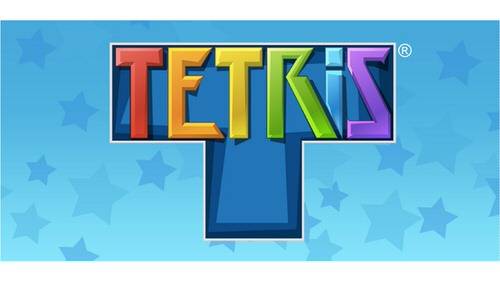
Tetris was the original addictive puzzle game. Developed in 1984 by a Soviet programmer, the tile-based game eventually made its way to the 8-bit Nintendo in 1989 and a new era of gaming was born. If you were playing console or PC games in the early 1990s, Tetris was everywhere. You played it, your mom played it. Your dog watched you play it.
Tetris may have also been the original popular mobile game. It was one of the first cartridges for Nintendo’s Game Boy and sold 33 million on the handheld gaming device. If ever there was a game custom-made to popularity in the Mobile Revolution, it is Tetris.

Tetris Wins Over Xio Interactive’s “Mino”
But Tetris, like many old time games (or popular new games), has run afoul of copycats and pirates. Do a quick search of the Apple App Store or Google Play and you will find similar titles like “Angry Block 3D Tilt” or “Retris.” One such copycat, Mino by a developer called Xio Interactive, was so egregious in its copying that The Tetris Company brought it to court for copyright infringement and trade dress rights in a New Jersey court in 2009.
Yesterday, Tetris announced that it has won its court case against Xio’s Mino in a summary judgment that was made in May 2012.
“This is great news for budding designers and developers in the video game industry. Without this protection, our industry would not exist,” said Henk Rogers, friend of original Tetris developer Alexey Pajitnov, in a release.
You may look at the announcement and shrug. Great, you may say, Tetris won its court case against a copycat. Good for them.
There is more to it than that.
Good For Developers In Battle Against Piracy
This is one of the first instances where a mobile game publisher has sued a copycat in a United States high court and won. The precedent set will be important for many developers – independent or large publishers – looking for legal solutions to pirated apps. The Tetris judgment could be a guide for how other courts handle copyright not just of mobile games, but many other types of copyright infringement concerning computer programs.
The broad concept of Tetris’s win is simple: it sued Xio for copyright and trade dress (a legal term that generally applies to “a product’s physical appearance, including its size, shape, color, design, and texture”) and won. The underlying issues are more complex. We saw many of the same types of concepts crop up in the legal battle between Google and Oracle in the spring of 2012 concerning Google’s use of Java in Android. For instance, when is computer code copyright protected and when is using concepts within that code considered fair use?
Ideas Not Protected, Expression Is
When it comes to copyright, ideas are generally not protected. Anybody can have an idea and we have seen time and again through history that several people have come up with the same idea independently of each other. What is protected is the express or implementation of those ideas. Hence, Oracle cannot quite claim copyright on Java in Android when Java is the idea but Android is the expression of the idea. In the Tetris case, similar concepts apply in that Mino copied seven different aspects of the implementation of the Tetris idea in such a way that it was an obvious copy of the original.
Xio’s court argument was that it had only copied the rules and function of Tetris, which are not explicitly covered in The Tetris Company’s copyright. The court found otherwise.
One caveat for developers and publishers looking to go after pirates: copyright is very difficult to prove. Only the most egregious suits will find ways to win and many smaller developers will not have the money for protracted legal battles. To see the complexity of Tetris’s argument, read the summary judgment provided by the court.

















